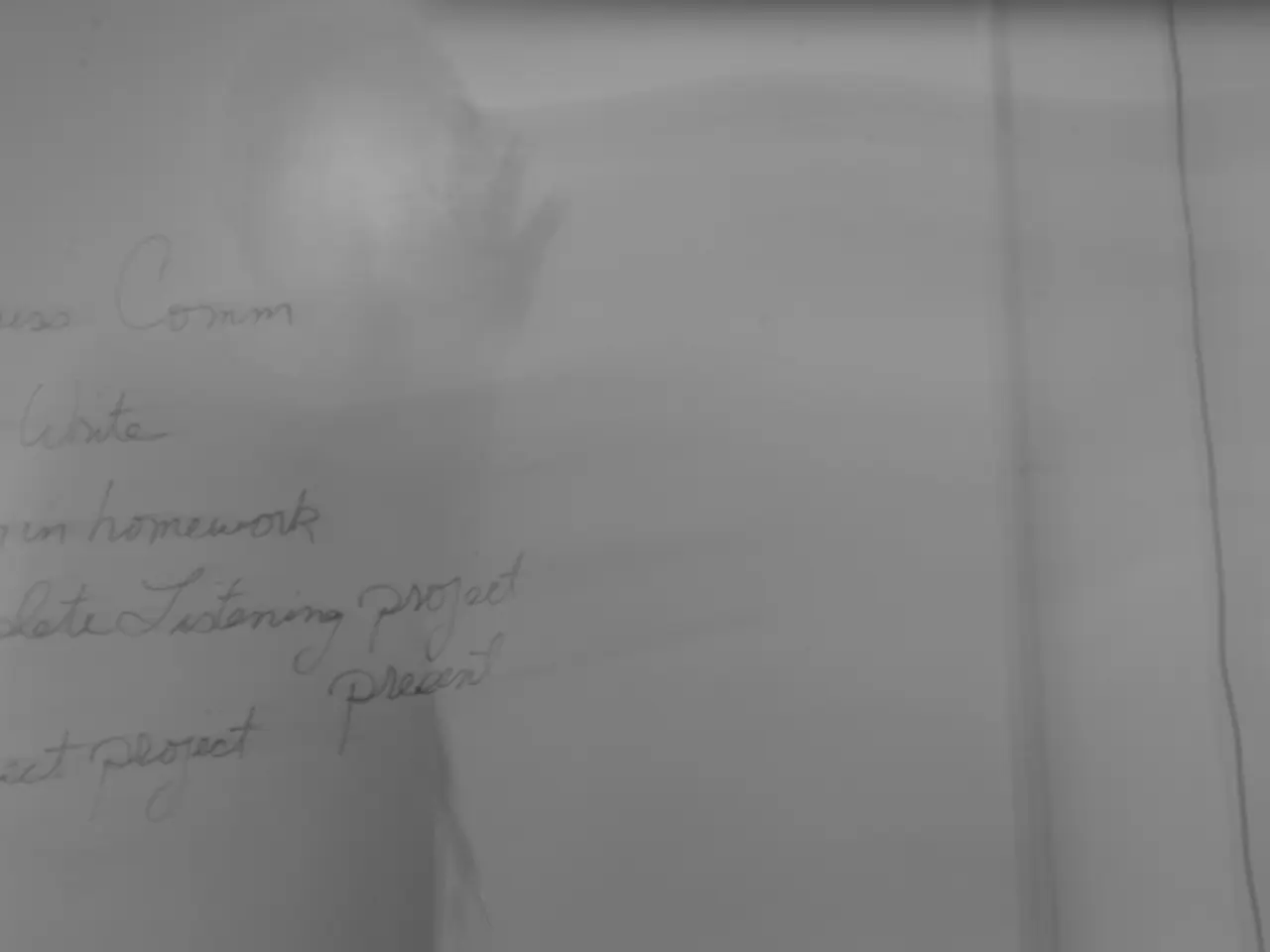Controversial Legal Battles Over Patents that Influenced Technology and Legal Landscape
In the rapidly evolving world of technology and innovation, patent disputes have become an increasingly significant aspect of business and legal dynamics. These conflicts arise when patents granted in one jurisdiction clash with the rights held in another, creating complexities due to differing legal frameworks and regulations governing patents globally.
One of the most prominent examples of such disputes can be found in the pharmaceutical sector, where the ongoing dispute between Gilead Sciences and various pharmaceutical manufacturers over patents for the HIV treatment Truvada highlights the complexities of patent law. The outcome of such disputes can influence innovation and investment in drug development, shaping the landscape of the healthcare system.
Historically, famous patent disputes have shaped legal principles and redefined competitive dynamics across various industries. For instance, the Apple Inc. v. Samsung Electronics Co. case underscored the challenge of protecting design elements that overlap with functionality. Apple’s successful trade dress claims were limited by the courts’ recognition that certain features (e.g., rounded corners) were functional and thus could not be exclusively protected. This case reinforced the importance of clearly documenting the branding significance of design elements and combining trade dress with other types of intellectual property to safeguard innovation effectively.
Similarly, the Pfizer Lyrica patent battles illustrate how companies use secondary or “new medical use” patents to extend exclusivity beyond original compound patents. Such strategies impact generic competition, delay drug price reductions, and create legal complexities over method-of-use patents. This extension approach offers valuable lessons about balancing patent duration with public health and market access considerations.
The TRIPS Agreement, which integrated patent protection into global trade rules, has also sparked tension. While this standardization aimed to promote innovation and market access, it compelled many developing countries to adopt high IP standards prematurely, sometimes at the expense of local public health needs. This highlights how patent systems can affect economic development by shaping access to technology and medicines worldwide.
As the digital age progresses, the future landscape of patent disputes is poised to evolve, presenting new challenges and opportunities for inventors and corporations alike. The rise of artificial intelligence (AI) and machine learning introduces complexities in determining ownership and originality in inventions, requiring patent law to adapt effectively.
In an effort to address these challenges, blockchain technology is anticipated to play a crucial role in managing intellectual property rights by providing transparent and immutable records, potentially reducing patent infringement and streamlining the licensing process.
Despite the complexities and challenges, patent law remains an essential framework for protecting intellectual property and highlighting the importance of balancing the protection of innovation with avoiding overbroad monopolies. The implications of famous patent disputes extend beyond individual cases, affecting innovation processes and economic landscapes on a broader scale. As we move forward, understanding these lessons will be crucial in navigating the complex world of patent disputes and fostering a thriving innovation ecosystem.
[1] Kah, S. (2018). The Interplay of Design Patents and Trade Dress: Lessons from the Apple v. Samsung Case. Journal of Intellectual Property Law & Practice, 13(10), 764-772.
[2] Correa, C. F. (2000). The TRIPS Agreement and Developing Countries: An Unbalanced Compromise? Journal of World Intellectual Property, 2(4), 517-533.
[3] Grabowski, H. C., & Vernon, S. W. (2001). The Economic Impact of Patent Expirations on the Pharmaceutical Industry. Journal of Economic Perspectives, 15(1), 173-192.
[4] Merges, R. P. (2000). Patent Abandonment and the Duration of Patent Rights. Columbia Law Review, 100(8), 1777-1832.
Technology plays a crucial role in the disputes surrounding intellectual property rights, as seen in the Apple Inc. v. Samsung Electronics Co. case where the dispute over design elements highlighted the challenges of protecting design elements that overlap with functionality.
The evolution of technology, particularly artificial intelligence (AI) and machine learning, introduces complexities in determining ownership and originality in inventions, requiring patent law to adapt effectively.




